Verified: a year ago
SafeTensor
The FLUX.1 [dev] Model is licensed by Black Forest Labs. Inc. under the FLUX.1 [dev] Non-Commercial License. Copyright Black Forest Labs. Inc.
IN NO EVENT SHALL BLACK FOREST LABS, INC. BE LIABLE FOR ANY CLAIM, DAMAGES OR OTHER LIABILITY, WHETHER IN AN ACTION OF CONTRACT, TORT OR OTHERWISE, ARISING FROM, OUT OF OR IN CONNECTION WITH USE OF THIS MODEL.
The Post-Soviet Apartments.
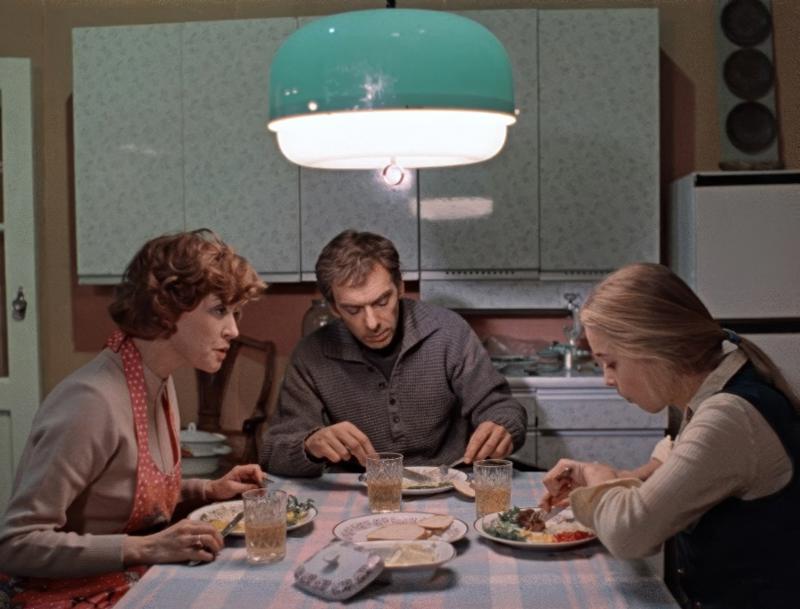
The first problem in creating this LoRA was to find authentic photos of that time (USSR in 60s and 80s), unfortunately, at that time nobody wanted to shoot the whole truth about the interiors of such apartments (especially after the passage of time), and magazines published only staged photos, so the dataset will consist of those images that I found in the public domain.
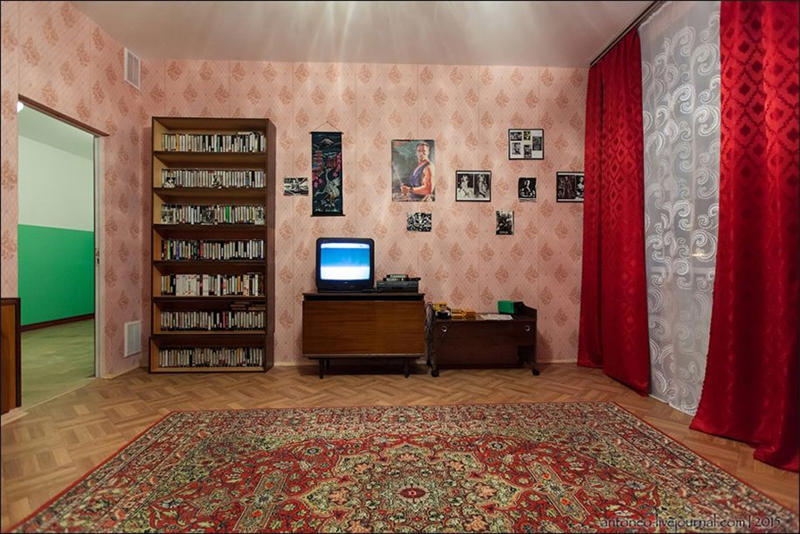
Today these apartments still exist and in many of them modern renovations have already been made, and the original interior is lost forever, remaining a legacy of history.
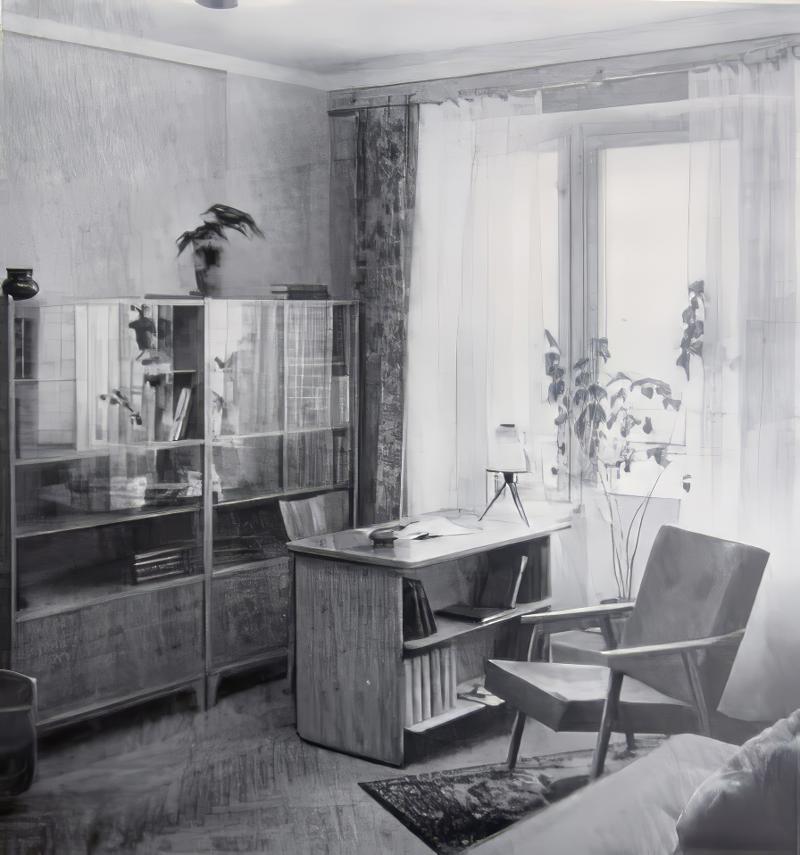
The second, and main problem was that Flux doesn't understand certain parts of the interior in the post-Soviet setting because it wasn't originally trained on it. So please take that into consideration.
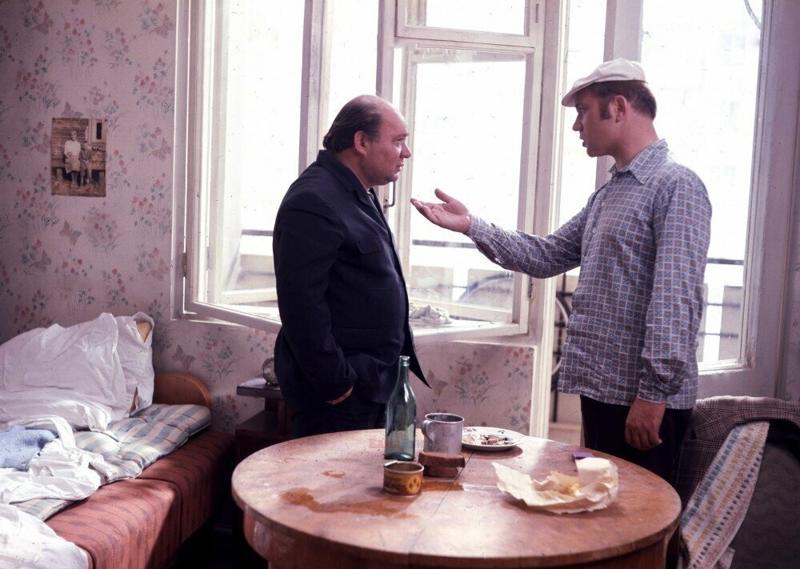
This is the first and only LoRA of this type for all models to date. Below I have made a brief excursion into the cultural issue of interiors of Soviet and post-Soviet apartments.
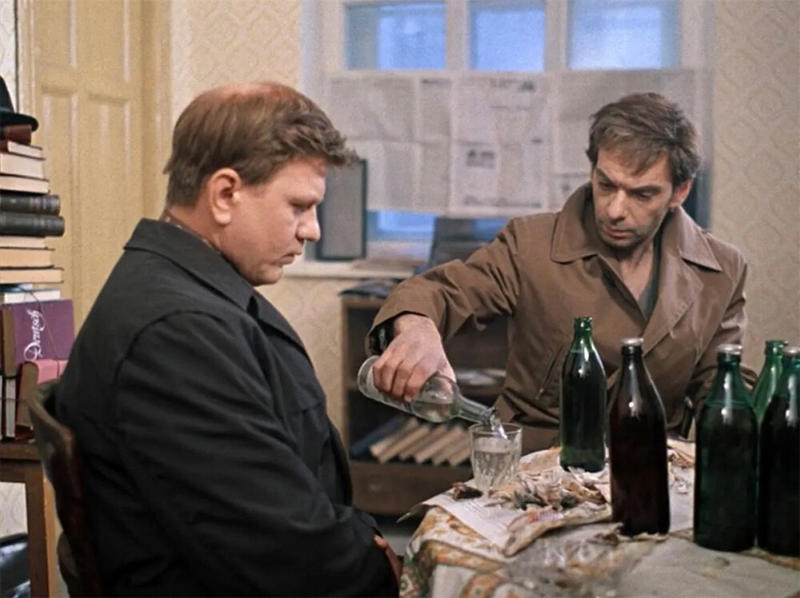
The interiors of Soviet communal apartments ("kommunalki"), Khrushchev-era apartments ("khrushchyovki"), and similar spaces hold significant cultural and historical value. These environments reflect the challenges and priorities of Soviet life, capturing the essence of a society shaped by collectivism and functionality.
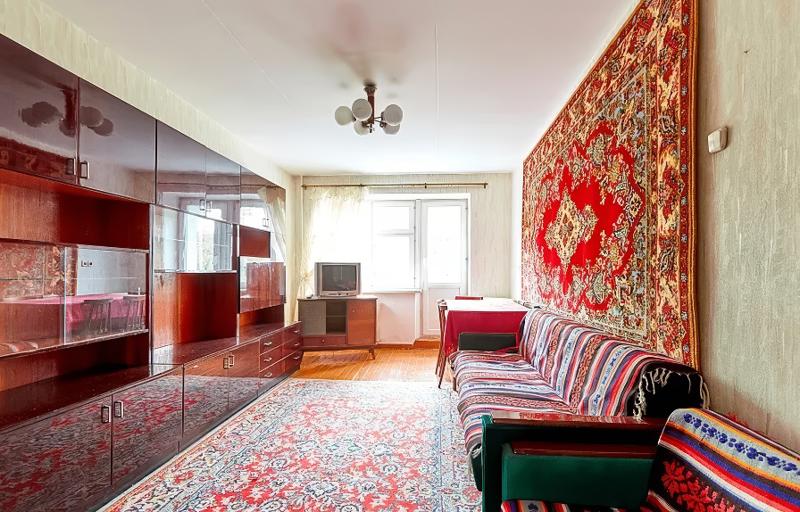
Khrushchyovki symbolize the USSR's response to the post-war housing crisis, emphasizing affordability and equality through compact, utilitarian design. In contrast, kommunalki highlight the enforced collectivism of the early Soviet period, where families shared spaces, fostering both camaraderie and conflict. These apartments are microcosms of Soviet society, showcasing how people adapted to shared living while maintaining individuality.
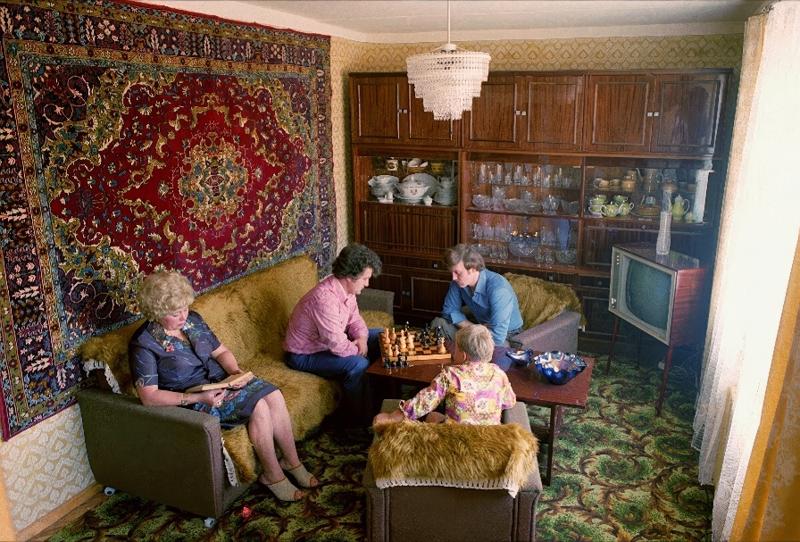
The interiors reveal much about daily life and material culture—patterned carpets on walls, glass cabinets filled with china, and personal touches like embroidery and books. These details reflect resilience, resourcefulness, and a desire for self-expression within the constraints of standardized housing.
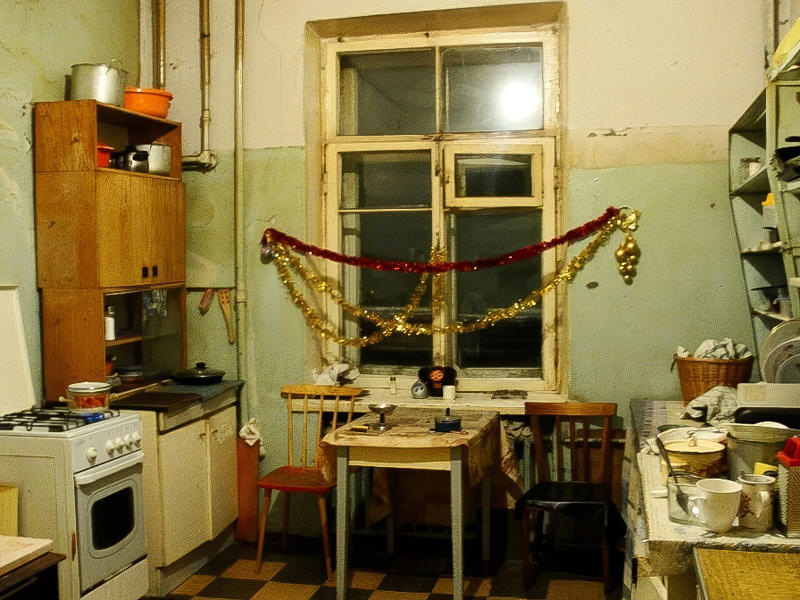
These spaces are not just functional but deeply tied to Soviet ideology, prioritizing utility over luxury. Despite this, the warmth and individuality people brought to their homes speak to their ability to thrive within limitations. For many, such spaces evoke nostalgia, reminding them of shared experiences and simple comforts.
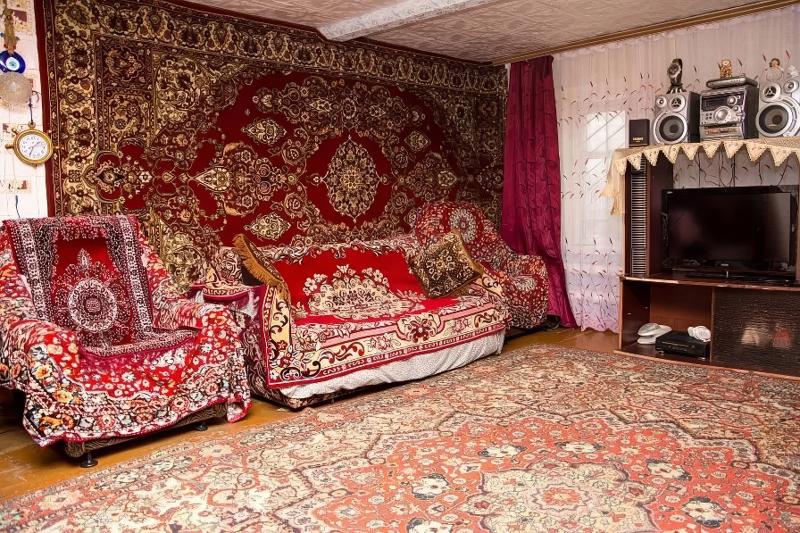
Studying and preserving these interiors offers valuable insights into the lives of millions, providing a tangible connection to a complex and pivotal era in history. They are a testament to human creativity and adaptability, even in the face of uniformity.





